- No products in the cart.
Wicks Sineks Nazal Spray. 25mkg 0.05% 15ml
$4.89
Wicks Sineks Nazal Spray. 25mkg 0.05% 15ml
SKU: 552462582 Categories: Cold and flu, Medicaments, Runny nose Tags: oxymetazoline, Procter & Gamble distribution company
Description
Composition
Active substance:
1 dose spray contains: oxymetazoline hydrochloride, 25 mg.
Excipients:
Sorbitol (70% aqueous solution), 3570.0 g, sodium citrate dihydrate, 437.5 g polysorbate-80 350.0 g citric acid, anhydrous 100.0 g, 100.0 g benzyl alcohol, 50.0 g of aloe vera, benzalkonium chloride (50% solution) 10.0 ug, 7.5 ug levomenthol, potassium acesulfame 7.5 ug, 6.4 ug cineole, L-carvone, 5.0 g, 5.0 g edetate disodium, distilled water to 50 .mu.l.
Description:
The colorless or colorless to yellowish transparent solution tinged with a characteristic smell, no visible inclusions.
Product form:
Nasal spray metered dose, 25 .mu.g / dose. 15 ml (240 doses) in dark glass vials with a metering device (pump) and the protective cap. Each vial together with instructions for use placed in a cardboard box.
Contraindications
Increased sensitivity to the drug; atrophic (dry), rhinitis, inflammation of the skin and mucous membrane of the nasal vestibule; receiving monoamine oxidase inhibitors (MAO) within the previous 2 weeks and during 2 weeks after their withdrawal; closure glaucoma; state after transsphenoidal hypophysectomy; Children under 6 years of age; exacerbation of ischemic heart disease or congestive heart failure; surgery on the dura (history).
Precautions should use the drug in patients suffering from diseases of the cardiovascular system (hypertension, ischemic heart disease, congestive heart failure, tachycardia, fibrillation), disorders of carbohydrate metabolism (diabetes), thyroid dysfunction (hyperthyroidism), pheochromocytoma, chronic renal failure, benign prostatic hyperplasia (urinary retention), and porphyria patients receiving tricyclic antidepressants and bromocriptine.
Dosage
0.5 mg / ml
Indications
To facilitate nasal breathing during “cold” diseases or viral upper respiratory tract infections, sinusitis, rhinitis any etiology.
Interaction with other drugs
When applied simultaneously with MAO inhibitors may increase the risk of high blood pressure.
While the use of tricyclic antidepressants may increase the risk of high blood pressure and arrhythmia.
Perhaps the development of drug-drug interactions (antagonism) while the use of beta-blockers or other drugs to lower blood pressure (e.g., methyldopa, betanidin, debrisokvin and guanethidine).
The drug slows down the absorption of local anesthetics, prolongs their action.
With simultaneous application of sympathomimetic and antiparkinsonian drugs, such as bromocriptine, may enhance the toxic effect on the cardiovascular system.
Simultaneous use with other vasoconstrictor drugs increases the risk of adverse reactions.
Overdose
Symptoms: anxiety, agitation, hallucinations, seizures, low body temperature, lethargy, drowsiness, coma, constriction or dilation of the pupils, fever, sweating, paleness, cyanosis, palpitations, bradycardia, arrhythmia, heart failure, high blood pressure, lowering blood pressure , nausea, vomiting, respiratory depression, respiratory arrest.
Treatment: gastric lavage, administration of activated charcoal (for accidental ingestion of the drug); symptomatic.
pharmachologic effect
Pharmacological group:
Decongestant agent – alpha-agonists.
Pharmacodynamics:
It refers to the group oxymetazoline alpha agonists for topical application. It has a vasoconstrictor effect. Intranasal administration reduces swelling of the mucosa of the upper respiratory tract, which leads to the relief of nasal breathing and opening the mouths of the paranasal sinuses and eustachian tube. The action of the drug is about 5 minutes after application and lasts for 8 – 12 hours.
Pharmacokinetics:
When applied topically, oxymetazoline practically not absorbed.
Pregnancy and breast-feeding
Pregnancy
With regard to oxymetazoline clinical data on exposure during pregnancy are not present.
Studies do not support directly on animals or indirect influence on the course of pregnancy, the embryo / fetus, birth or development of the newborn. Breast-feeding
It is unknown whether oxymetazoline hydrochloride released into breast milk.
During pregnancy, the drug can and breastfeeding only apply in those cases, if the potential benefit to the mother outweighs the potential risk to the fetus or child.
Conditions of supply of pharmacies
Without recipe.
side effects
Adverse reactions listed below on systems and organs and occurrence frequency: very often (> 1/10); common (> 1/100, but
special instructions
Do not exceed the recommended dose.
If symptoms worsen or there is no improvement within 3 days, you should consult with your doctor.
Avoid getting product in eyes.
To prevent the spread of infection it is necessary to use the drug individually.
The drug should not be used in combination with MAO inhibitors or within 2 weeks after the application of the MAO inhibitors in connection with the risk of drug interactions leading to hypertension.
The preservative benzalkonium chloride, part of the drug may cause swelling of the nasal mucosa, especially during prolonged use. If there is a constant nasal congestion and there is a suspicion that this is a reaction to benzalkonium chloride, use decongestants that do not contain benzalkonium chloride.
At the recommended dose without consulting your doctor should not be used for more than 7 days to avoid rebound syndrome and drug-induced rhinitis.
Effect on the ability to drive mechanisms and
After prolonged use of funds from rhinitis comprising oxymetazoline, at doses higher than the recommended one can not exclude the overall impact on the cardiovascular system and the central nervous system. In these cases, you should be careful when driving and busy with other potentially hazardous activities that require high concentration and psychomotor speed reactions.
Storage conditions
Store at a temperature of from 15 to 25 ° C. Do not freeze.
Keep out of the reach of children.
Dosing and Administration
Intranasally.
Adults and children over 10 years: 1 to 2 injections in each nostril no more than 2 – 3 times a day.
Children from 6 to 10 years: 1 injection in each nostril no more than 2-3 times a day. Duration of treatment:
Do not use the drug for more than 7 days.
With frequent or prolonged use of the drug feeling difficulty in nasal breathing may reappear or worsen. When these symptoms should discontinue treatment and consult a doctor.
When the injection should not be to throw back his head back and spray into the prone position.
Information
Appearance may differ from that depicted in the picture. There are contraindications. You need to read the manual or consult with a specialist
Additional information
| Weight | 0.100 kg |
|---|---|
| Manufacturer | Procter & Gamble distribution company |



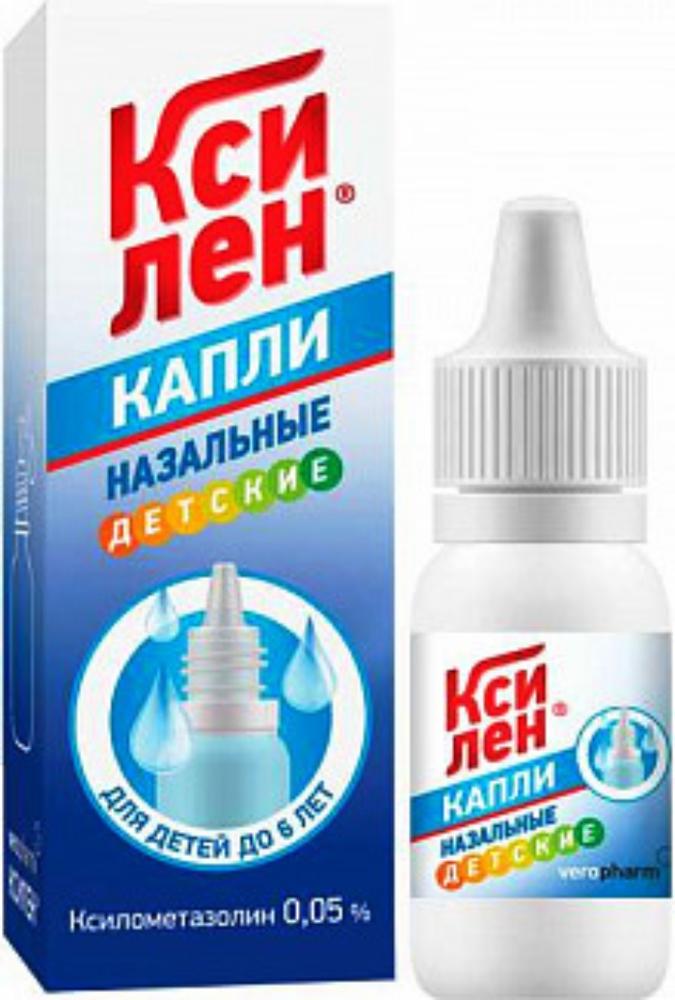
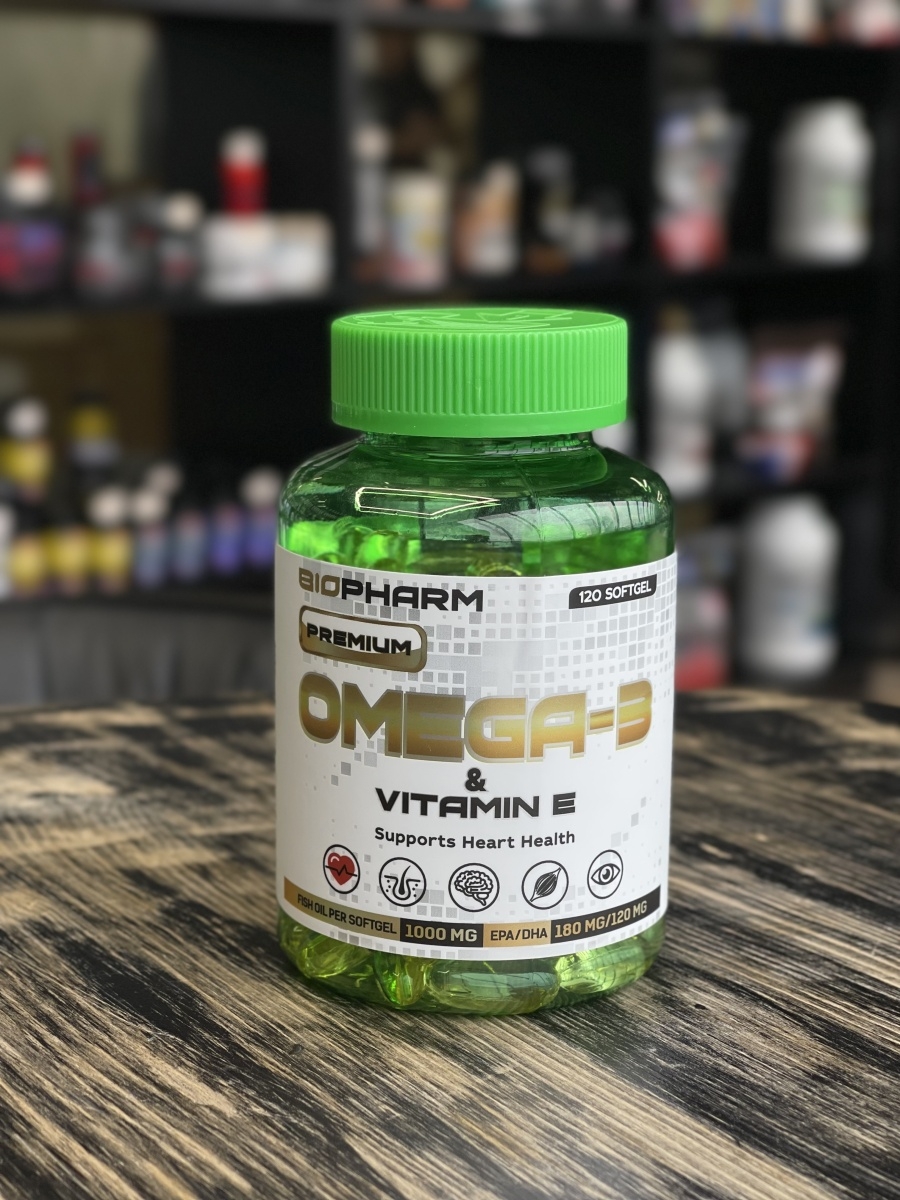
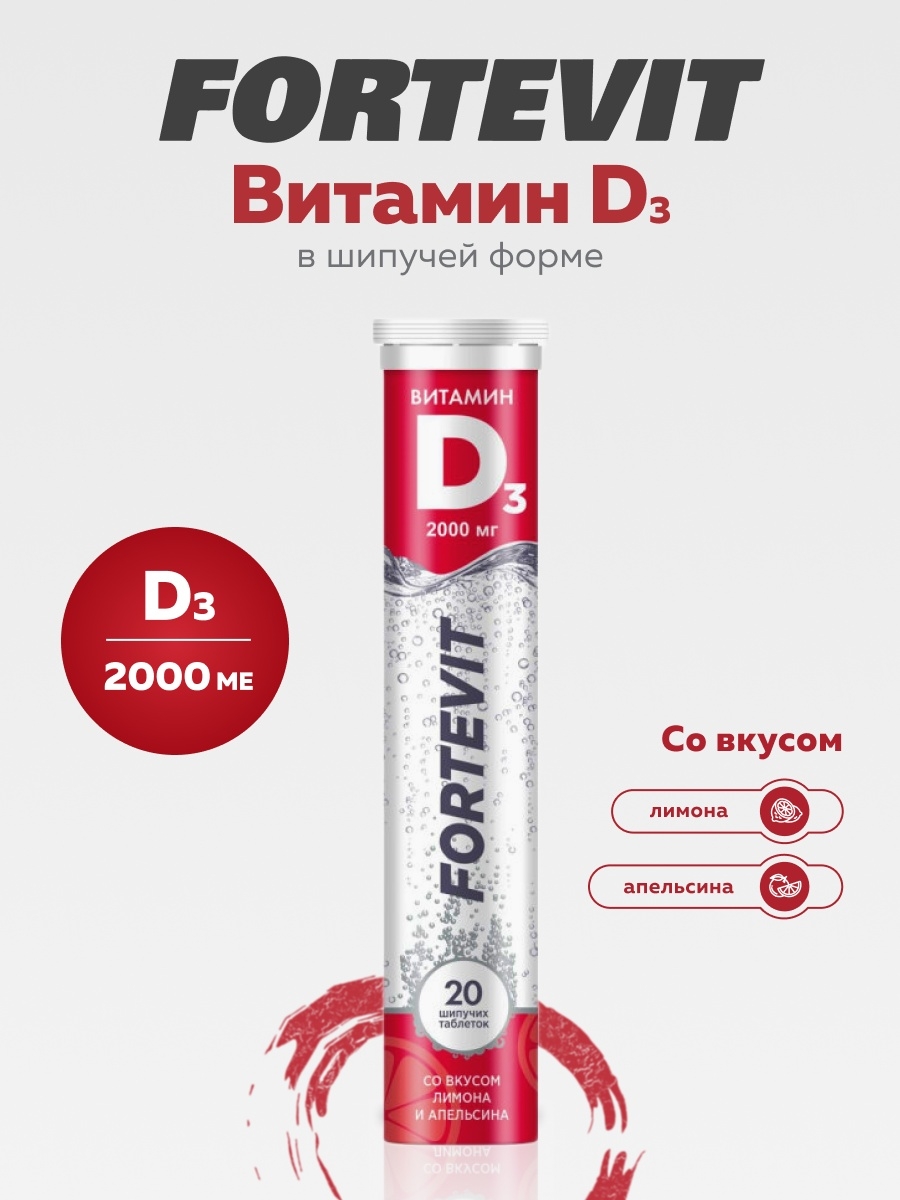
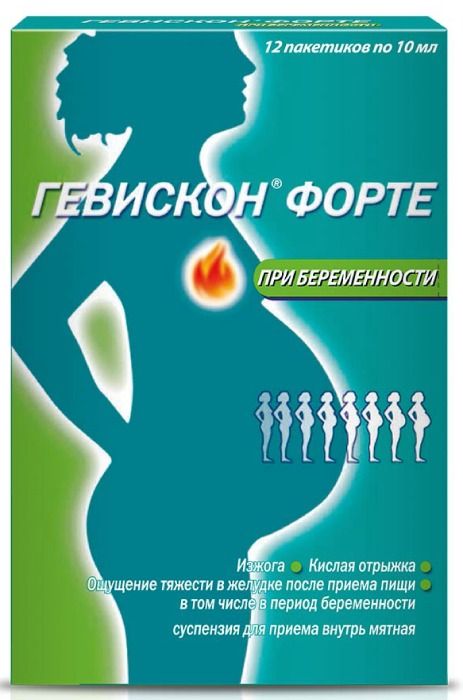
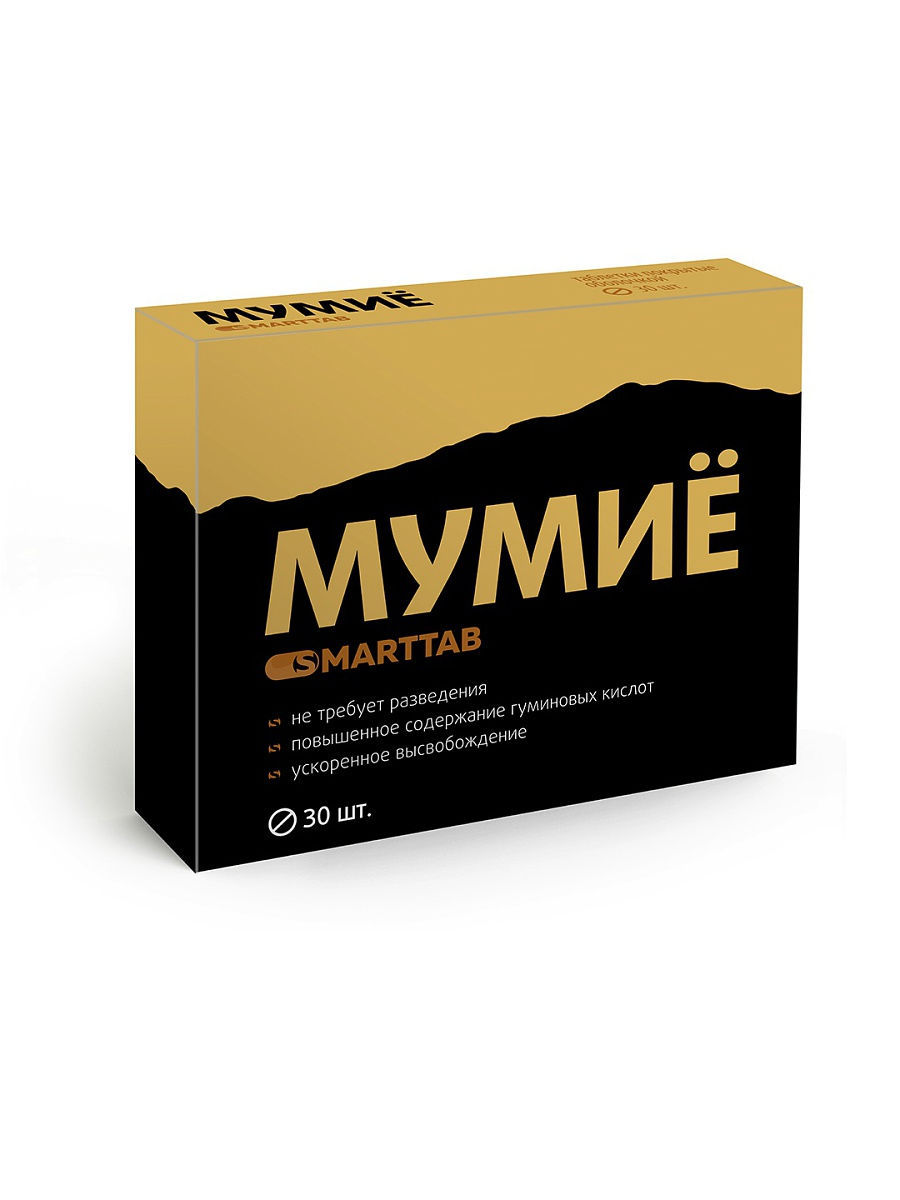
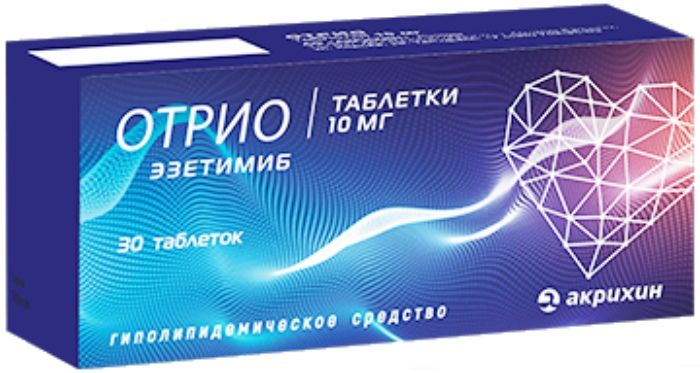
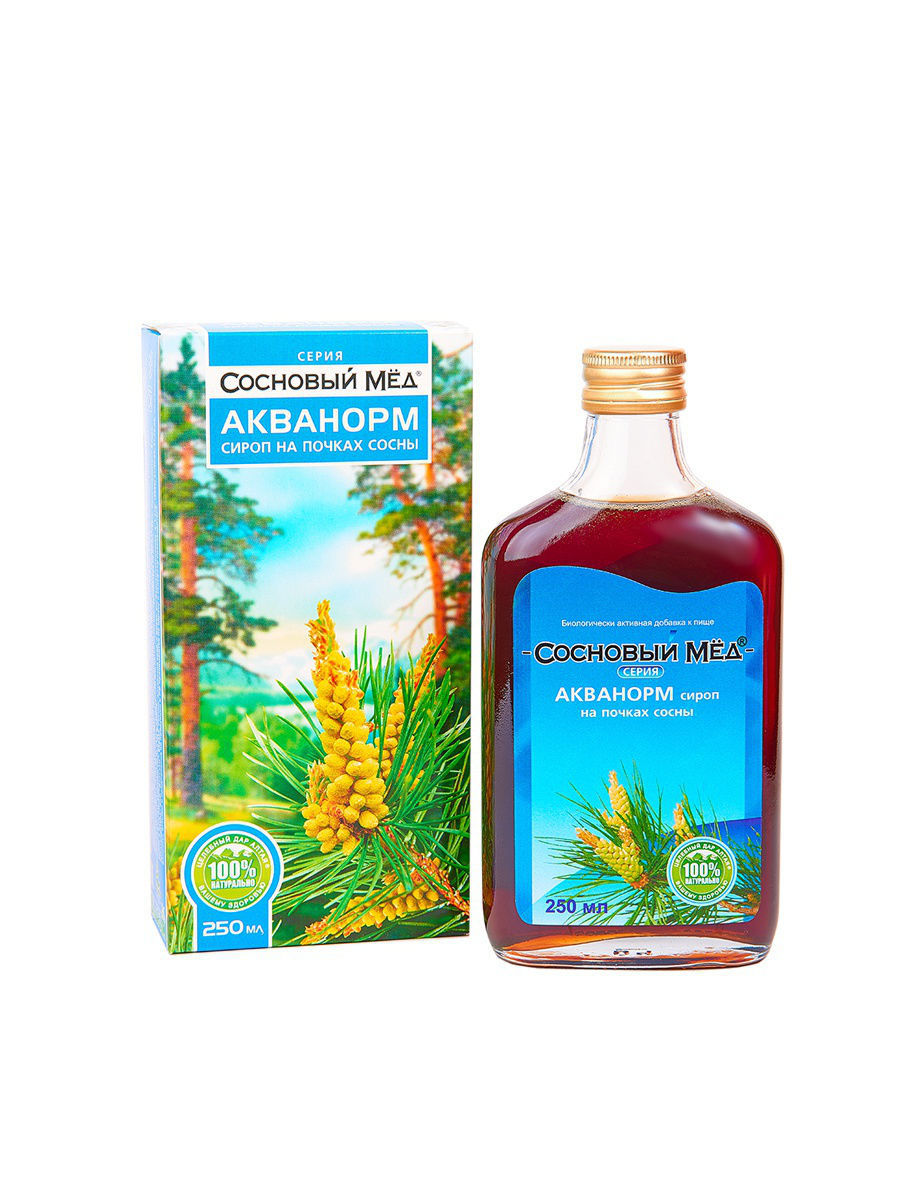




There are no reviews yet.